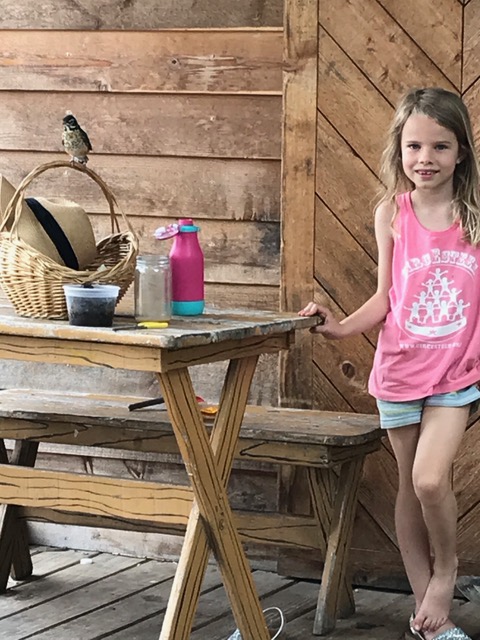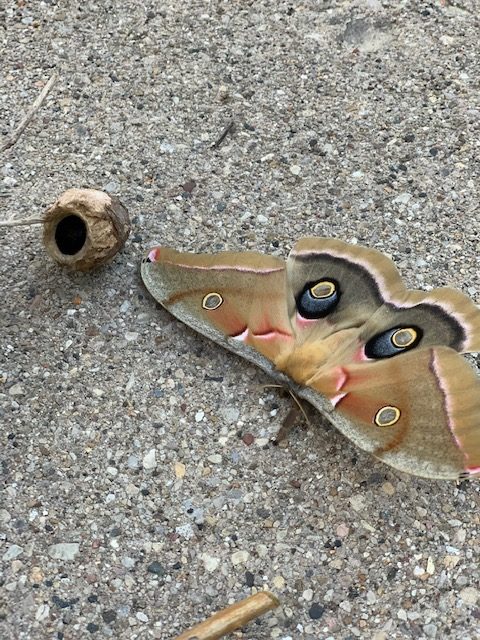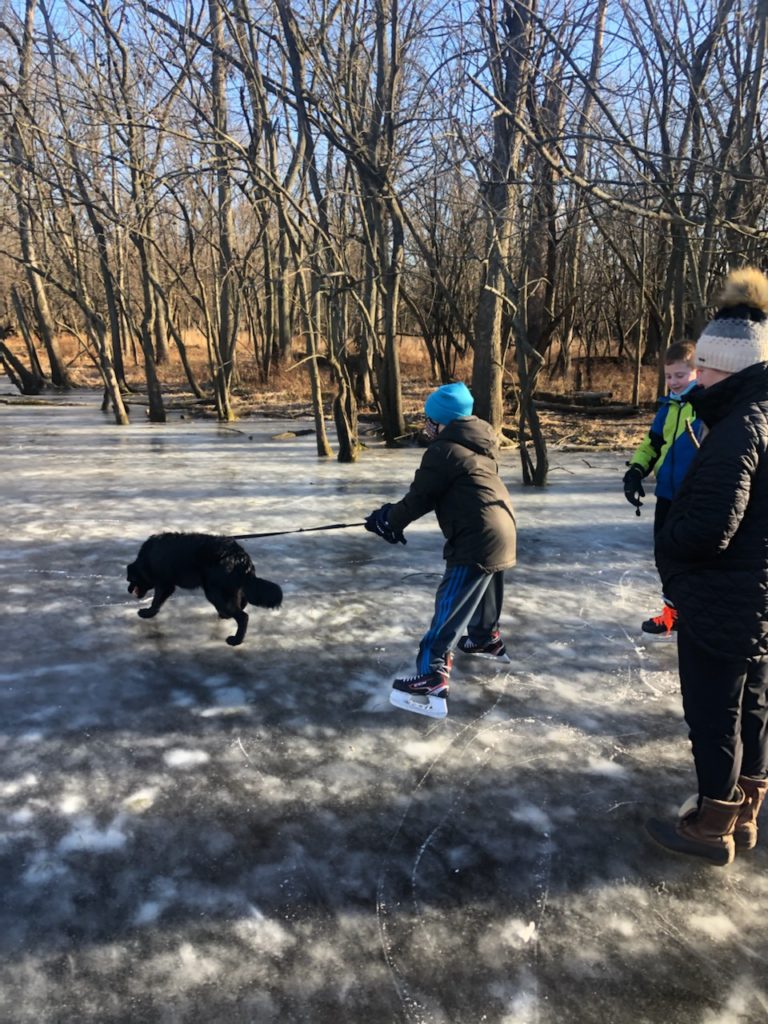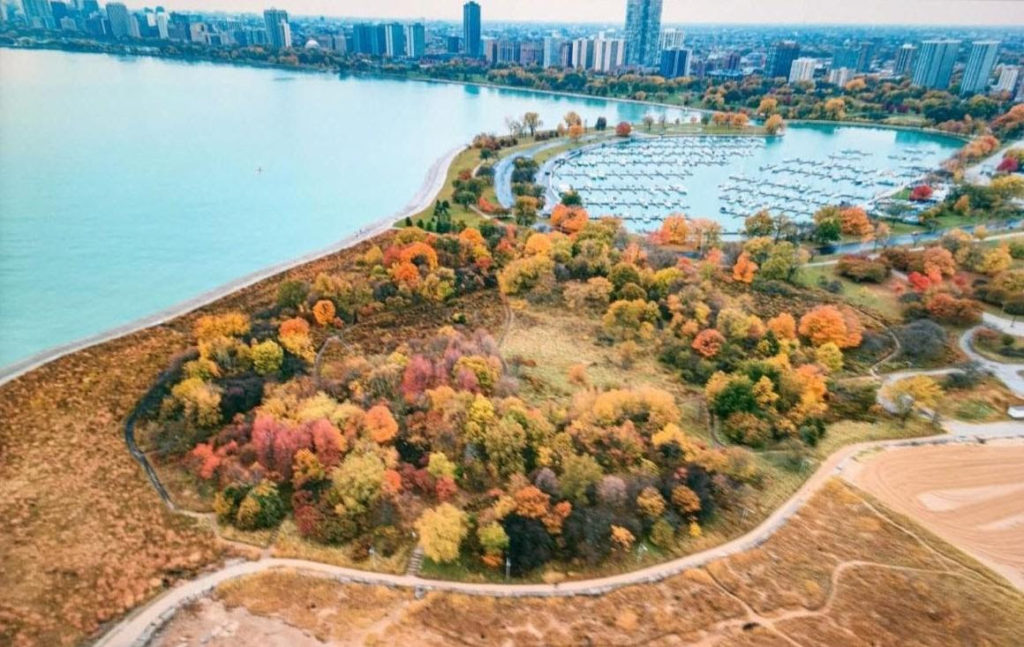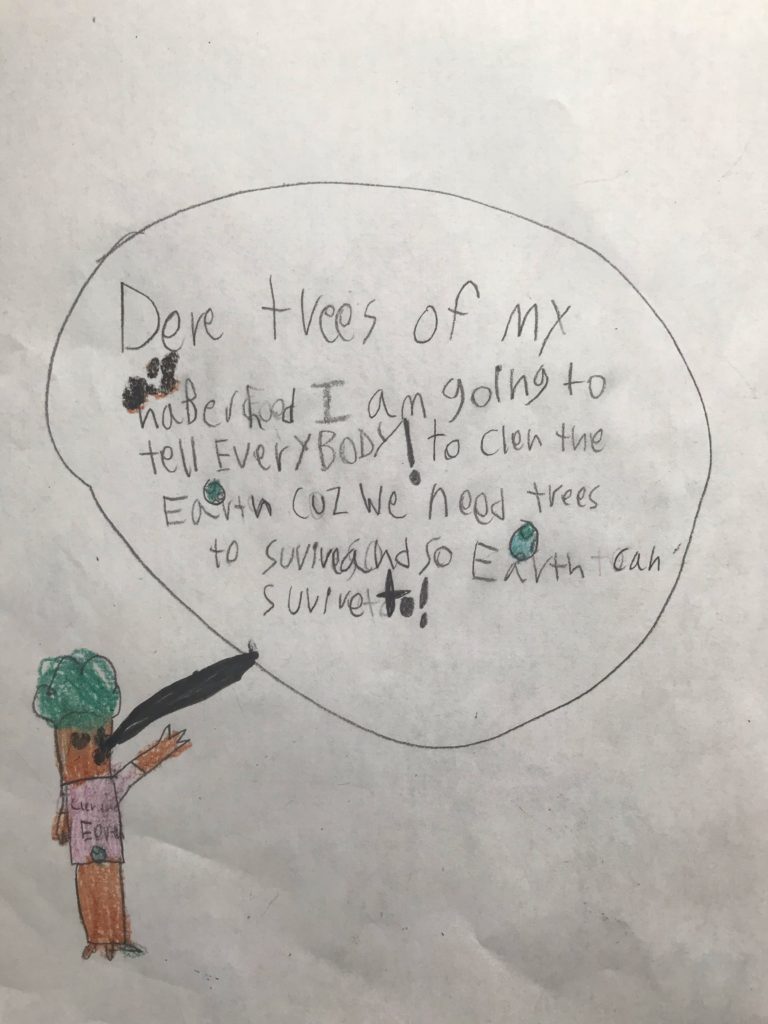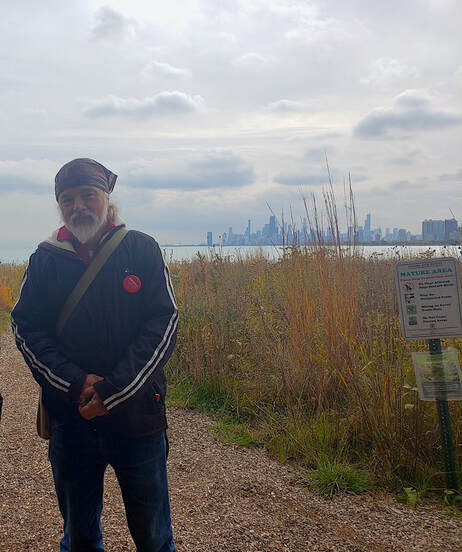Dear Friends,
This past week I spoke to our eighth graders about Environmental Justice. In our city and county and country, certain communities find themselves surrounded by toxic industry, with polluted air and polluted soils and water. These communities suffer from higher rates of asthma, cancer and other health issues. And these communities tend to be poor, working class, African American and LatinX. As one 8th Grader commented “It’s just not fair.”
At issue at this moment is the relocation of the General Iron Recycling smelter from Lincoln Park, to the far Southeast corner of Chicago, a community surrounded by garbage dumps, sludge drying pads, industrial fumes and chemical dusts. This community is engaging in a courageous struggle to deny an operating permit to General Iron. A group of local residents has been engaged in a Hunger Strike for the past week to try to force the City to commit to denying the permit. Waters Ecology interviewed one of the strikers, Yesenia Chavez, a college student majoring in Biology, to share with our 8th graders.
On Monday people from around the city, including our community, will join the hunger strike for one day. I, along with others in our ward, including
As of Sunday, noon, our list from our neighborhood organizations includes:
- Matt Rundquist, of the Green Council
- Pete Leki, Waters School Ecology teacher and Riverbank Neighbors
- Lisa Hish, of Riverbank Neighbors and the Green Council
- Ivan Handler, of the Green Council. statement: “This is how we express that we are hungry for environmental justice.”
- Michael Sewall of the Green Council.
- Jules Peterson-Green.. Green Council, Riverbank Neighbors
- Heather Smith 1st grader Waters School Mom and Adjunct Professor, DePaul University Geography Department
- Nick Anderson of the Lincoln Square Ravenswood Solidarity Network and
- 60 +people listed here: City-Wide page organized by Judy Pollock, Chicago Audubon Society
Solidarity can tip the scales away from injustice.
Learn more and consider signing up here for our local neighborhood effort to support the city wide event.
Here is the link Chicago Audubon and activist Judy Pollack, who initiated this support action, to sign a petition and join the Hunger Strike:
https://www.chicagoaudubon.org/new-events/2021/2/22/one-day-hunger-strike-to-oppose-the-permit-for-general-iron
Mr. Leki






















